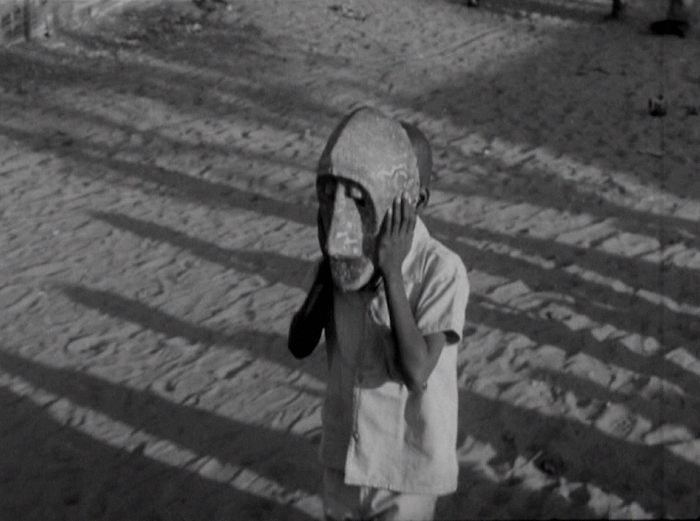

The situation of a young women, also initially dominated by the hegemony of colonial culture, is an important facet in one of his major novels, God’s Bits of Wood ( Les Bouts de Bois de Dieu, 1960).ĭirected by Ousmane Sembène: Produced by André Zwoboda: Written by Ousmane Sembène: Cinematography Christian Lacoste: Edited by André Gaudier. And his writings provide an equally important part of his work. Sembène had originally translated these actual events into a short story. That is a process that Sembène and other filmmakers have had to fight consistently through their careers. So, as with many of the African film, this was produced with French support. The neo-colonial situation, mirrored in the film, led to his pitch being rejected. Sembène initially tried to produce the film in his native Senegal. The plot of the film was taken from a newspaper story. Equally Sembène uses symbols to reinforce aspects of the story: a traditional African mask, a gift from Diouana that hangs on an apartment wall, plays a key part in the films climax and resolution., So whilst the film is in French the technique of ‘translating’ Diouana’s thoughts makes us aware of the language divide. As in Sembène’s other films language is important. The film shows the influence of both neo-realism and the nouvelle vague, but combined in a manner which was to develop distinctively in Sembène’s work. But the effective cutting visually and orally also produces a variant of montage which questions what we see and hear. Sembène and his team use black and white 35mm film and familiar techniques, including parallel cutting and various matching and point-of-view shots. Here, and in Sembène’s other films, one can see how he follows the thought of Franz Fanon, especially in terms of culture and language. Thus class as well as racism is central to the film, as is also the extra exploitation of women. The French Madame is both exploiter and exploited, the latter in terms of her colonialist husband (Robert Fontaine). Characters are delineated, including a rather unhelpful indigenous boyfriend (Momar Nar Sene) in Dakar. Whilst the film presents this story from a subjective stance the film constantly provides ‘objective’ parallels: in the streets of Dakar and in the apartment of the family. And she is now divorced from her own society, family and friends. In fact, she finds that her exploitation becomes notable and obvious there. In the same spirit she was happy to accompany the family on their return visit to France supposing that she would enjoy aspects of this. We learn that initially Diouana was keen to work for a French family, both for the economic and the supposed social benefits.


The flashbacks are provided by Diouana, though her interior monologues that accompany these are not vocalised but presented by a narrative voice.
La noire de series#
The film presents this narrative both in scenes of the film present and in a series of flashbacks. We the audience accompany Diouana on her journeys from the slums of Dakar to the family’s home on the Riviera and to her last tragic decision.

Diouana’s journey is also one of consciousness as she experiences the casual and less-casual racism by the Madame (Anne-Marie Jelinek). The narrative follows the journey of Diouana (Thérèse Diop) with the French family for whom she works as a maid on a holiday trip back to France. It is available in the UK from Aya Distribution, who specialise in African cinema. This version is French with English subtitles. The restored film has been transferred onto a DCP and it was from this format that it was screened at the 2015 Il Cinema Ritrovato. Now the film has been restored under the auspices of The Film’s Foundation World Cinema Project. The couple of times that I was able to see the film it was on a rather worn 16mm print. This was Ousmane Sembène’s third film and his first of feature length.


 0 kommentar(er)
0 kommentar(er)
